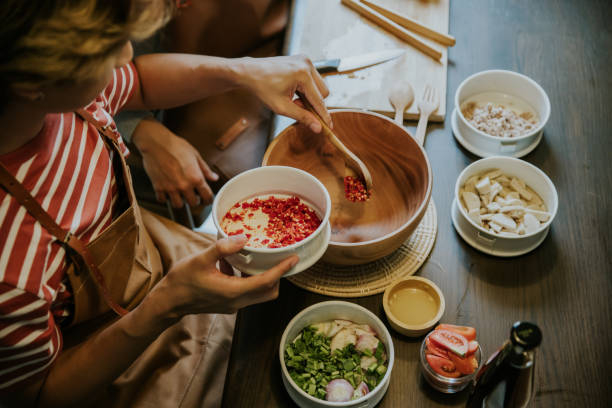What have spices been used for across human history?
Spices are ground-up dried plant seeds, fruits, roots, or bark. Spices have been grown for ages in the Middle East and East Asia for their antimicrobial effects, flavoring dishes, and aiding digestion. Spices were employed in ancient times to hide undesirable tastes and aromas in food, and subsequently to keep food fresh. They were extremely valuable commodities. A handful of cardamom was worth as much as a poor man's yearly earnings as early as 1000 BCE, and many enslaved individuals were bought and sold for a few cups of peppercorns. The spice trade flourished between the Mediterranean region and East Asia during the period of the ancient Greeks.
By caravan, Arab traders introduced spices such as cinnamon, cassia, black pepper, and ginger to Europe. Spices were utilized in cooking, medicine, and luxury products like as perfumes, bath oils, and lotions throughout this time period. European explorers brought spices to the New World in the 15th and 16th centuries. Pepper, cinnamon, vanilla, nutmeg, ginger, cloves, and allspice were the most popular cooking spices throughout the days of American colonization. Colonial households experimented with unusual spices like as chili peppers, cardamom, cumin, saffron, and turmeric to flavor foods (which was also used as a food preservative). Most spices are now cultivated in big farms in China, India, the Middle East, South America, and North Africa, where they are typically handpicked.












